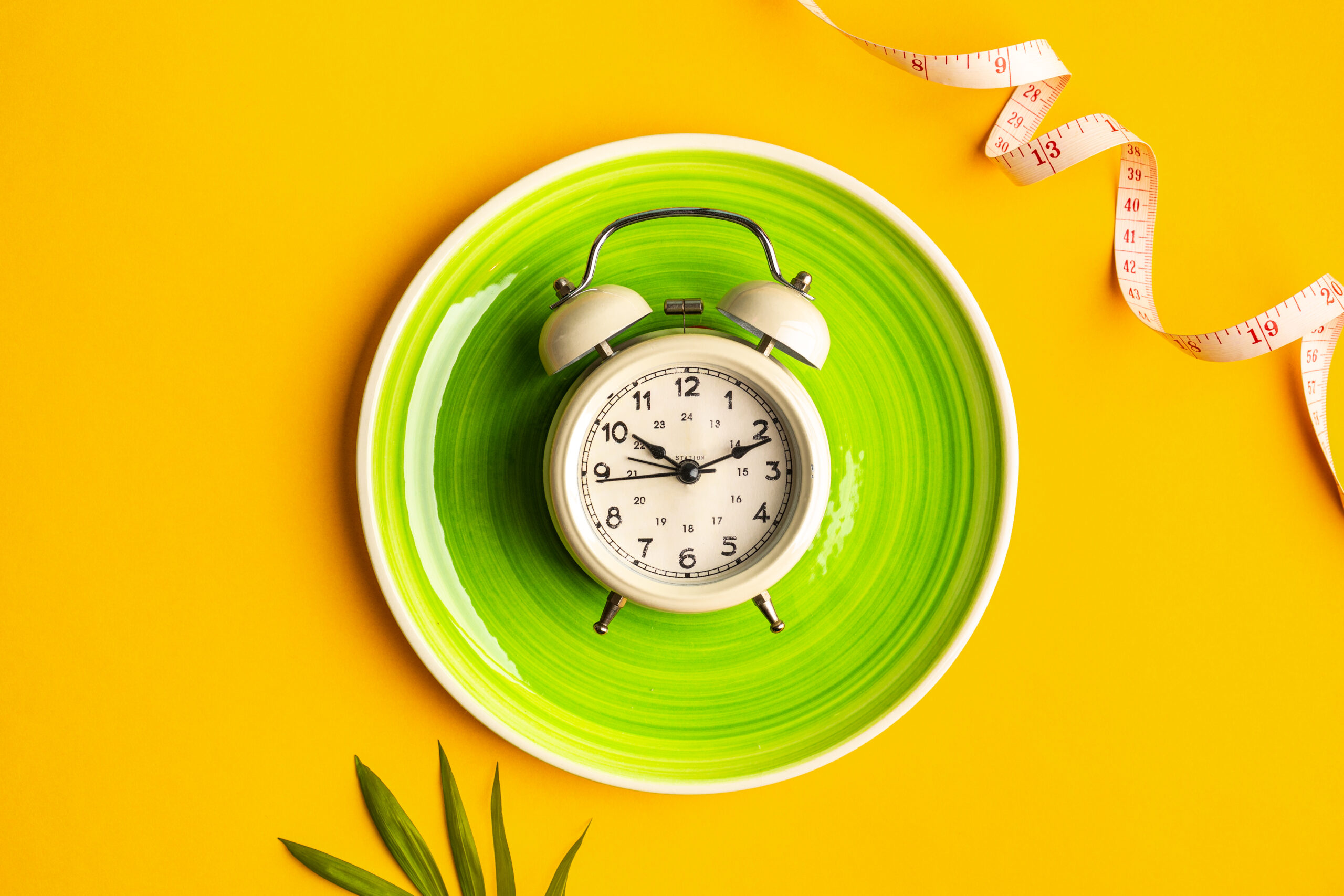I’m sure you’ve seen informercials with countless people expressing their happiness and pride at finally losing weight, building newfound strength, being more mobile, and just creating overall healthier habits. But… What’s the catch? What’s their secret?
Often when we see before-and-after transformations, we see people who are “just like us.” They’re parents, they’re married, they’re single parents, they have full-time jobs, they are busy, they are stressed, and they are overweight/unhealthy/unhappy. So how do these people go from their before to their after? What are the behaviors of clients who truly succeed in their wellness journeys?
No one really likes to talk about this part. Everyone sees the workout plan and the nutrition plan, but that’s it. And life is SO much more than exercise and nutrition. What do you do when you’re exhausted? When you’re injured? When you’re stressed? When work or kids or life genuinely get in the way of your day’s other planned activities?
I wanted to write this post about what I have noticed my clients (and others I’ve seen) do consistently to actually achieve their wellness goals:
- They create a bedtime routine/schedule and stick to it as best they can—no excuses other than kids. They decide on a bedtime and a wake time and stick to both 80+% of the time (yes, even on weekends) and only derail if they’re sick, their kids are sick, or there is an absolutely undeniable event. For me, I go to bed by 9pm every night and wake by 5am every morning—even on weekends.
- They drink plain water first thing in the morning, all throughout the day, and as their last thing at night. Hydration is key to mental clarity, proper bodily functions, energy levels, and curbing appetite appropriately. Your body is mostly water, so shouldn’t you be feeding it a lot?
- They rarely cut out foods, instead they focus on eating more real foods more often. This means fruits, veggies, nuts, and whole grains. This also means lean proteins and less processed foods (foods in bags and boxes).
- They have a no-excuses plan for daily movement—which means they’ve figured out what they like, what they’ll stick to, and what makes sense for their schedule. This is a big one: What do you like to do movement-wise? There has to be something. Do you like walking? Do you like playing a sport? Do you like taking a class? Figure out what you like first and then find ways to make it work with your schedule. Of course you’ll have to do some things you may not prefer (walking inside vs. outside during the winter), but it doesn’t mean you can’t find ways to make it more enjoyable (watch a movie while you’re on the treadmill). My successful clients know what they like, what pumps them up (music, the gym, meeting a friend), and when it works best within their schedule. And because of that, they’re consistent.
- They know how to deal with their stress more often than not. Hey, we all yell at our loved ones out of stress sometimes. I’m not saying it’s right, I’m just saying we’re human. But when you’re stressed, everything in life is tougher and heavier. So how do you lower stress? It’s just like exercise—it’s not a one-size-fits-all solution. For me, I need a mix of a little alone time, a little reading, a counseling appointment, and/or a massage. Now I don’t get to all of those things at once, but, I work them into my schedule—my husband tag-teams with me so I can do a few things sans-little one, I read before bed, and I talk to my counselor and get a massage about once a month. Knowing how best to lower your stress is key to overall health.
- They stop eating a certain amount of time before bed. I usually stop eating about 60 minutes before bedtime, but I have some clients who stop after dinner. I suggest trying 60 minutes before bedtime to stop consuming anything except for water and see how you feel. I noticed that I slept better—less indigestion, fewer wake-ups, deeper sleep. Why can that be? Because your body digests and recovers when you sleep and if it has a lot to digest while sleeping, it can cause discomfort and disrupt sleep patterns.
- They aim for movement all throughout the day. A hardcore 60-minute workout (or 30-minute) is great, but if you sit the rest of the day, it doesn’t do much for you. You’ve heard the “aim for 10,000 steps a day” adage, but everyone has different days. I aim for 16,000+ steps a day (yes, really). I’m not saying that to guilt anyone, I’m just saying that not only do I work out every day, but I also move a lot. Now, my jobs are different—I have more time than some to move more. So… How many should you aim for? Take a look at what you currently get a day and aim for 1,000 more steps a day for 1-2 weeks. Then, continue adding 500-1,000 steps to that goal every 1-2 weeks after. Start small and build up.
There you have it—what I would call the most routine changes/consistencies that my most successful clients have that have allowed them to achieve significant health and wellness changes. As a reminder, none of my clients (or myself for that matter) went from nada to ALL those things above. They started super small with 1-2 goals/changes a week and built them up. I started small and built up, especially after I had my daughter and life totally changed.
I wanted to share this because I want to you hear the “real secrets” of those who achieve health and wellness goals. It wasn’t a specific fitness program or a specific diet or one type of supplement or food—it was a collection of small, health, consistent habits that add up and play off each other to create overall lasting change.
If you have questions or would like to dive into any of these further, reach out! I’d love to chat: kelsey@thrivewellmi.com
Photo by Anna Tarazevich: https://www.pexels.com/photo/close-up-shot-of-scrabble-tiles-on-a-white-surface-6230973/




